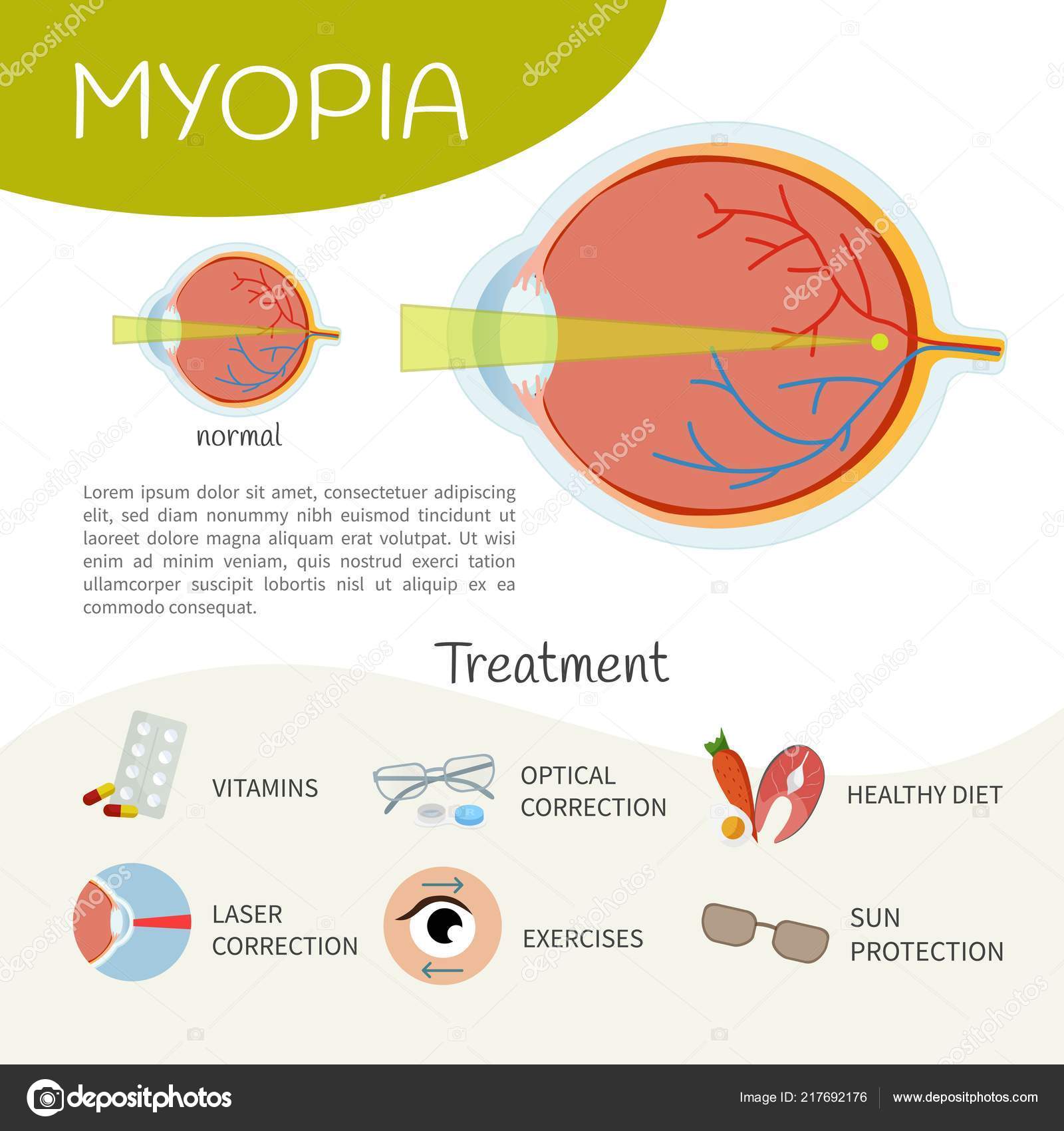A Comprehensive Assessment Of Modern Cataract Surgical Treatment Approaches
A Comprehensive Assessment Of Modern Cataract Surgical Treatment Approaches
Blog Article
Created By-Burton Serrano
As you explore the development of sophisticated cataract surgical procedure methods, you'll witness a trip noted by ingenuity and accuracy. From old approaches that paved the way for contemporary developments to cutting-edge innovations that are transforming the area, the detailed summary of cataract surgery strategies is a testament to human development and devotion to enhancing individual end results. Problems With Monovision detailed interplay in between historic techniques and advanced improvements develops an intriguing narrative that sheds light on the advancement of one of one of the most typical surgeries worldwide.
Historical Techniques and Innovations
Discover just how early specialists changed cataract treatment by utilizing innovative techniques and devices. In the past, cataract surgical procedure was a high-risk and excruciating procedure. However, old Indian physicians were amongst the first to try medical interventions for cataracts, using a method called 'formulating' where a sharp tool was made use of to push the cataract back right into the eye. This technique, though crude by today's requirements, laid the groundwork for future advancements in cataract surgical treatment.
As time progressed, Arab doctors made significant payments by creating specialized needles for cataract removal. These needles were used to penetrate the cataract and afterwards extract it from the eye, noting a substantial improvement in surgical precision.
Later on, in the 18th century, the French specialist Jacques Daviel pioneered the technique of extracapsular cataract removal, where the entire lens was removed undamaged through a larger incision. This noted a significant advancement in cataract surgical treatment methods, paving the way for the contemporary treatments we utilize today.
Modern Surgical Approaches
Early methods in cataract surgical procedure have advanced significantly, bring about the advancement of modern medical techniques that prioritize accuracy and enhanced individual outcomes. Modern cataract surgery currently frequently involves a treatment called phacoemulsification, where an ultrasonic device separate the cataract for removal through a small incision. This method permits quicker healing and reduces the risk of issues contrasted to older techniques.
Additionally, making use of advanced intraocular lenses (IOLs) has transformed cataract surgical procedure end results. These lenses can correct not just the cataract yet likewise various other refractive errors like astigmatism, decreasing the requirement for glasses post-surgery.
https://www.postguam.com/understanding-the-risks-complications-of-lasik/article_dbdbe6f0-22f3-11ea-888b-ef9b9e7335c2.html have access to innovative imaging modern technologies that help in specific preoperative planning and intraoperative decision-making. Optical comprehensibility tomography (OCT) and various other imaging techniques provide comprehensive pictures of the eye's structures, permitting a much more customized method per individual's surgical treatment. With https://edwingavpj.blog-eye.com/35199568/improving-your-life-s-quality-the-impact-of-lasik-treatment , contemporary cataract surgical treatment techniques continue to improve, supplying individuals more secure treatments and much better aesthetic outcomes.
Emerging Technologies in Cataract Surgery
With innovations in modern technology reinventing the field, cataract surgery is experiencing the combination of ingenious techniques for improved patient outcomes. Emerging modern technologies in cataract surgery are reshaping the landscape of ophthalmic procedures. One such innovation is femtosecond laser innovation, which permits specific corneal incisions, capsulotomies, and lens fragmentation, bring about improved medical accuracy and results.
Furthermore, intraoperative aberrometry is obtaining popularity, making it possible for real-time measurements of refractive errors throughout surgical procedure to boost intraocular lens power estimations and minimize postoperative refractive surprises.
Additionally, using sophisticated imaging technologies like optical coherence tomography (OCT) and intraoperative wavefront aberrometry aids specialists in exact surgical planning and execution. These tools give thorough physiological information and assistance tailor medical techniques for each individual's unique eye features.
Additionally, developments in expert system are being explored to aid in preoperative preparation, intraoperative decision-making, and postoperative treatment, possibly optimizing medical outcomes and patient complete satisfaction. Accepting these arising technologies in cataract surgery holds pledge for more improving individual end results and guaranteeing the proceeded advancement of ophthalmic medical methods.
Verdict
As you trip via the background of cataract surgical procedure, you witness the transformation from ancient techniques to innovative technologies. Like a phoenix az rising from the ashes, cataract surgery has actually evolved right into a beacon of hope and development.
Just as a caterpillar arises from its cocoon as an attractive butterfly, cataract surgical procedure has actually blossomed right into a refined art form, offering patients clearer vision and a brighter future.
The evolution continues, shining a light on endless possibilities.
